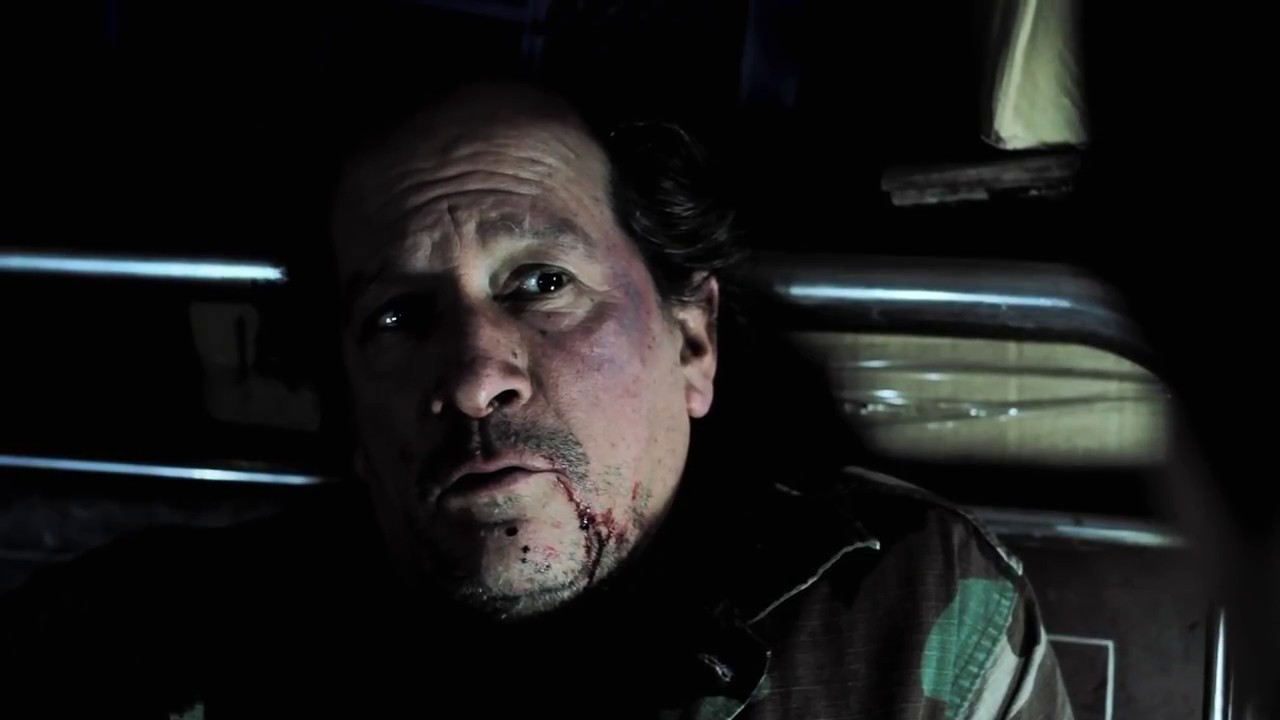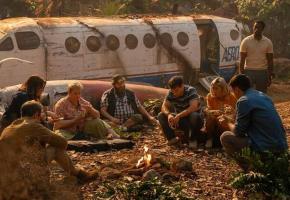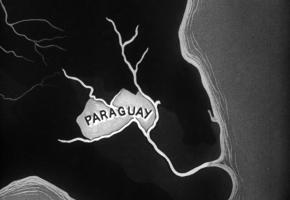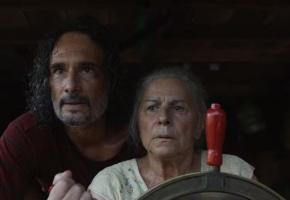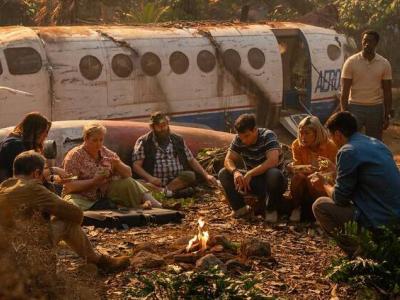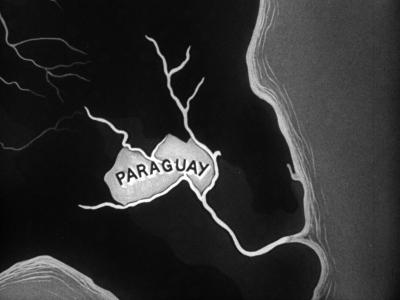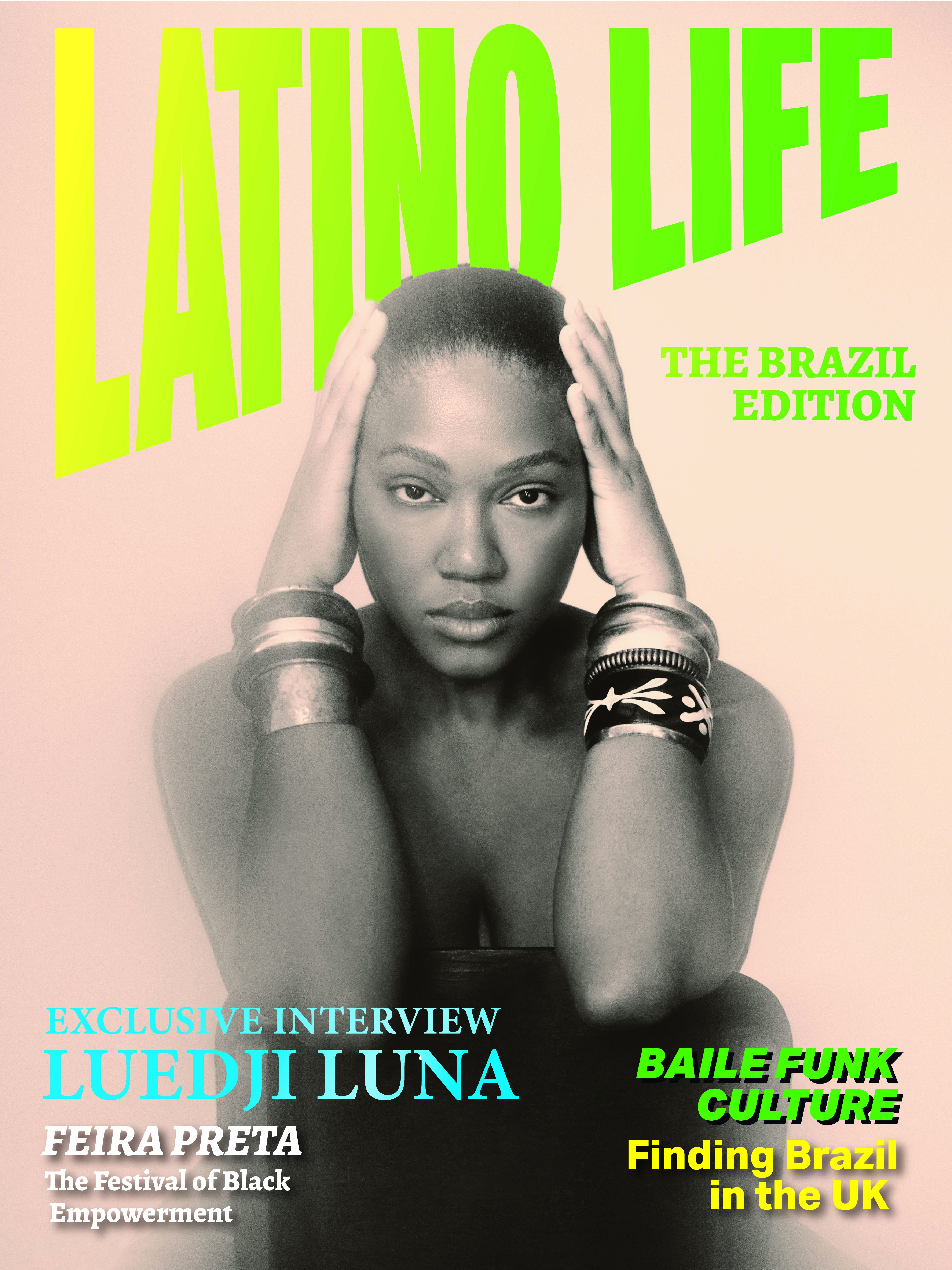Each filmmaker chooses his own creative path. Gonzalo Justiniano chose stark realism, with CABROS DE MIERDA (Damn Kids 2017) while the younger Inti Carrizo-Ortíz chose a fantastical metaphor, in NOCHE (The Night 2017). Both these impressive films were screened in London at the 2018 Raindance Film Festival.
Gonzalo Justiniano, through his ten award-winning films, has expressed different aspects of the experiences of the people of Chile during the military dictatorship. In his most recent: “CABROS DE MIERDA” (Damn Kids 2017), Justiniano portrays the suffering of the people living in the conflicted district of La Victoria, Santiago, during the height of the brutal military regime of General Augusto Pinochet. In September of 1973, the military took over the country in a bloody and violent coup, achieving their aim of removing the elected left- wing President Salvador Allende, who died when the Presidential Palace was bombed. There had been no terrorist organizations engendering violence on the streets, so the population of Chile was stunned by the senseless cruelty and brutality that followed the coup, which continued, in varying degrees till 1989, when General Pinochet finally (partially) stepped down.

Daniel Contesse as Samuel Thompson in Damn Kids
In ‘DAMN KIDS’, through the poignant love story between a young Chilean girl, Gladys (Nathalia Aragonese) and a young American Missionary, Samuel Thompson (Daniel Contesse) who arrives in La Victoria in the early 1980s, the viewer is pulled into the tensions and arbitrary violence that tore their lives apart. The young missionary becomes an activist as he discovers the cruel reality that the people must endure. Neighbour against neighbour and children’s lives often being reduced to collateral damage. La Victoria was the emblematic southern district of Santiago, renowned for refusing to cower before the regime, and continuing to protest regardless of the harsh repercussions. The missionary Thompson takes it upon himself to register, with his camera, the historical facts that are taking place and the people’s struggle to regain their democracy.
Gonzalo Justiniano was forced to flee Chile on several occasions. But he never stopped filming at every opportunity. In 1983-1984 around the time that the film is set, he managed to shoot a documentary for French TV, as he describes: -
“In 1983 I returned to Chile from France where I was living, to film the population [of La Victoria], but they caught me again. (Some of his work was destroyed). Now I live in Chile, I returned and started to make films, always, in some way, about my own life. The Museum of Memory invited me to a screening of the 1983 documentary of La Victoria that they had rescued and restored … When I reviewed the material, I experienced a very strong emotional reaction. “Oh, I filmed that?” I nearly fell off my chair. It was so strong! It was a part of my life, a part of my generation, and a part of the history of my country! Revisiting those images about the madness that the population of La Victoria had experienced in those days, I realized that I had to make a [fiction] film about it…I had to rescue those memories because there are people in our country who still stigmatize them. There are people who have suffered so much trauma because of those events that [I wanted] to rescue those memories for the new generations to understand what it was like to live in such a rotten environment, because at that time it was toxic, even criminal. I wanted to leave a testimony and invite other people to relate other facets of that time as well.”
The characters in DAMN KIDS are based in many ways on people Justiniano knew, although, as he himself says, there were many stories about girls like Gladys, who suffered just for being young at that time. Many were violated and, in many cases, they disappeared or were thrown into the Pacific Ocean. It is still shocking to see how long it takes for the people of a country to recover from such traumatic experiences: -
“Forty years have passed, there was a bit of a process and many people were incarcerated. It is ironic that Pinochet was imprisoned in London instead of in Chile, but although the process has taken a long time, you can still see that aggression that the young people can feel when they see that there is no justice… what is inexcusable is that there has been an unforgivable delay in the reaction of the media… people are still afraid of talking about those issues… there remains a reflex action that is truly disturbing… even after Pinochet stepped back from power… people still avoid talking about what had happened… it’s a psychological mechanism that has been used many times before, even by the Nazis. Chile has recuperated some of its normality… life continues and people talk of many things, but it’s still not acceptable to remember… the media is very controlled, things are simply not published…fortunately, we now have social media.”
The cinemas in Chile are still dominated, as in most of Latin America, by American blockbusters or family movies, for children. The market was created by the big studios, but lately Chile is seeing a gradual budding of art cinemas, although what remains of huge importance is social media, even internet piracy… and all forms of online viewing.
DAMN KIDS had a huge impact in Chile and people flocked to watch it, in many cases, [having discovered it] through social media as it circulated largely through word-of-mouth. It was very emotional for many people. The film has been well received at the festivals where Nathalia Aragonese won many prizes for her convincing rendition of the role. The child, Vladi, Elías Collado) has also been lavishly praised for his role as her little brother. This boy, with his thick-rimmed glasses, brimming with innocence and lively curiosity, is an integral part of the emotional power of the film.
“One of the juries wrote a special letter to Vladi. He was truly exceptional. The boy, who is now 9 years old, could not believe that people were going mad about his performance, so I tape-recorded the rapturous applause for him to hear it! Now he has been made co-protagonist in a tv series!”
 Elías Collado as Vladi
Elías Collado as Vladi
Today, as much classified material is gradually being made public, further horrors are being discovered. It turns out that the regime even executed some of their own men by using them as guinea pigs to test the effectiveness of chemical weapons, (that was later to lead to the alleged assassination of ex-President Eduardo Frei Montalva on the orders of General Pinochet). The chemical weapons included Sarin, Soman, Clostridium Botulínica, Saxitoxin and Tabun, which are seriously dangerous substances. It has now been revealed that these and other chemical substances were used as a means of torture, as well as for the elimination of political enemies. They were also used for experiments. What few people are aware of is that at least 10 military personnel were infected, on purpose and that through these processes, 7 died. The declarations of a retired Mayor, who had worked for the CNI revealed these facts, which appeared in Cambio21. They were the preambles to the suspected assassination of Frei Montalva and designed to uncover the efficacy of these lethal weapons.

Inti Carrizo-Ortíz
It is not a surprise therefore, that Inti Carrizo- Ortíz, in his crowd-funded, science -fiction film NOCHE (The Night 2017) chose to analyse similar memories through a powerful metaphor.
The realities being so stark and uncomfortable, Carrizo-Ortíz used a dark apocalyptic thriller to explore people’s behaviour when they find themselves having to deal with extreme circumstances. Here you see how the social order collapses under a totalitarian regime when faced with a life-threatening emergency. In this case due to the sun failing to rise for 42 days. Stuck in the total darkness, systems crumble and fall apart as people begin to show their true colours.
With the disappearance of his pregnant girlfriend Claudia (Dominga Gutiérrez), Gabriel (Carlos Talamilla) kidnaps one of military men, Captain ‘Verdugo’ (Alejandro Trejo) the ‘executioner’ representing evil, and must delve into his own dark side to oblige him to reveal where Claudia is being held. Having secured some information and donning his prisoner’s uniform, Gabriel infiltrates the armed forces in his search for Claudia, thus facing danger and life- threatening situations.

The nod to the actual 1973 coup is clear and unequivocal… there was a total cultural blackout that affected the whole country. The images of the disappeared plastered over the street walls, the torture, the massacres and the president’s ‘suicide’ ensure there is no doubt. The various loose ends join up to emphasize that in the end, our future is tied up with our conscience and our own human condition.
Inti’s girlfriend has teased Inti Carrizo-Ortíz, saying he is an out-and-out fibber, because he has always insisted that he’s not a romantic at heart. Yet, in THE NIGHT, he proved himself wrong as, despite the horrors, love still manages to survive in this dramatic tale.
“It is always the characters that are the nucleus of a story…I am a screenwriter by profession and that is what I studied. I like stories to have characters and I feel that it’s the factor that unites and connects with the public, in the end, it is they who are the carriers of the stories. [In THE NIGHT] there is a love story and a paternity story, and these are very strong bonds… archetypical and powerful…
The genre of Science Fiction is like a prism… it has often been relevant to history, you can always hide a social comment, or human reflexion behind it and I felt this was the moment to do that. We wanted to make a Chilean science fiction film that, for a start, hardly exists in Chile … hoping that it would act as an allegory for things that are happening today, in Chile and all over the world… people always refer to Chilean history in the past tense, but we believe that there are certain phantoms that remain embedded and that they can reappear given certain circumstances, so, we began to explore those circumstances and the basic idea of the sun , [failing to rise] emerged in a writer’s workshop… that included the renowned science fiction writer Jorge Baradit Morales [who wrote the ‘Secret History of Chile’).
We questioned what could happen if darkness fell over Chile? Which could be figurative but it’s still a very real and filmic idea… What would happen to those in charge? … the politicians, the population, the police, the military? … and so, the snowball took off that ended up with this tale.”
Being an unusual project, they found they could not obtain any state funding. So, finance was their biggest headache, not the technical difficulties of filming in the dark. Then, they decided to explore the idea of crowdfunding, which took off, using Creative Edge software. They asked people to film themselves and many of these improvised shots were included in the final film. When faced with the need for mass demonstrations in the storyline, the lack of money became a big problem: -
“We rescued these takes from a group of young filmmakers who have covered most of the [recent] demonstrations, with masks, sent off their ‘dogs’ to film what they could and they did a fantastic job of selecting the best visual material so it is genuinely ‘authentic’, both the sounds and the images. We felt that the use of some cinema verité gave the story the necessary impact to anchor the science fiction in something real. The truth is that, in reality, it’s a film about Chile with lights and shadows underneath. And there are many shadows in our history as well as in our present time! It was not so hard to find the inspiration for some of those sordid characters that take prisoners. In many ways, it rubbed salt in the wounds.”
This whole exercise of memory still finds a great deal of resistance… our film touches on that through the fable, or the metaphor… There is one character, [SenatorBarros] played by Héctor Noguera, who’s an amazing actor and one of our best in Chile. It gave our production a lot of cachet to have him on board. He plays an important Senator, a politician, who is making a long confession throughout the film. In this way we spoke fairly clearly about the transition that we are living in Chile today, with the egregious failure of any offer of an apology… or justice …something that was never done… not till this very day. This has left a huge black hole that will remain in our psyche forever… but now the situation is more critical as people are finally beginning to challenge the persistent denials… “
Both Inti and his sister Arantza Carrizo-Ortíz (assistant director on the film) work closely and are politically motivated individuals. They come from a theatrical family, and he says they fell into their politics from the cradle, as even during the dictatorship, their parents were presenting challenging works on stage, such as LAUTARO, the story of a famous Mapuche warlord who stood up to the Spaniards… and [on stage] their Spaniards wore dark glasses, but [fortunately] nobody saw the significance and joined the dots. The siblings continue to want to challenge the elephant in the room…the dead do not come back… the threat of a Marxist dictatorship was simply replaced by another: -
“The way [the coup] was carried out created an unimaginable monster… the point is not, in the end, to judge the reasons, there were many, but the error of the ‘scale’ of the things that were done after, and it’s time to admit to these mistakes and admit they should not have taken place and a lot of people would now sleep more peacefully. There could be some closure. We were careful to avoid pamphlet politics in black and white, so there are many characters that have been strategically placed to contribute these nuances, that can go further than the mere ideology, putting people in situations where they had to deal with their dilemmas and make the decisions whether to do something or refuse… there is a human scale in all this.
With my film, I tried to reflect on that ‘scale’, and I like to think that it is best suited to this type of film… where later generations can see all this hurt through different eyes, with eyes of those with hindsight…it is harder to understand … because we were not there, so that what remains are the irrational and overwhelming ideas that dominated the moment… and I have no doubt that our film emerged from there!”
CABROS DE MIERDA (Damn Kids 2017)
Writer/Director Gonzalo Justiniano
Producer Gonzalo Justiniano/ Jorge Infante
DOP Miguel Ioann Littín Menz (son of renowned Director Miguel Littín)
Editor Gonzalo Justiniano/ Carolina Quevedo
Music Miranda & Tobar
Cast: Nathalia Aragonese, Daniel Contess, Elías Collado.
NOCHE (The Night 2017)
Writer/Director Inti Carrizo-Ortíz
Assistant director Arantza Carrizo-Ortíz
Producers Inti Carrizo-Ortíz / Norma Ortíz/ Javier Suárez Pica
DOP Norman Gutiérrez
Editor Diego Figueroa
Sound Camila Pruzzo
Music Matías Castro


